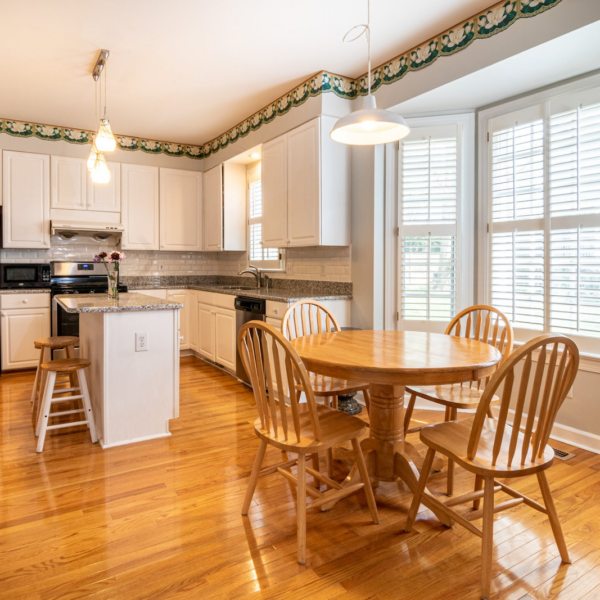Windows come in all shapes and sizes, and while many are suited for just about any area in your home, some are better suited to certain spaces than others. As with many other aspects of building and construction, the size, shape, and location of a window is as much a personal preference as it is a structural concern. The window sizes in your home are often based on the architectural style of your home, and which room in your home the window is placed in.
Architectural Styles & Window Sizes
- Colonial: Window sizes in Colonial style homes are typically large; common measurements are four feet wide by 6 feet tall.
- Contemporary: This style of architecture usually displays windows that are smaller and narrower; sometimes these windows are only a foot or so wide and 6 feet tall!
- Country: In Country architecture, window sizes are less than 3 feet by 3 feet and most commonly square in shape.
- Georgian: Window sizes in Georgian architecture are similar to those of Colonial style homes with a similar height and overall shape.
Of course there are no hard and fast rules when it comes to window sizes and architecture, other than any legal requirements or building regulations. For many older homes it was up to the owner and the builder to decide what sorts of windows went where in the home as it was being built.
Window Sizes Room by Room
A number of things can determine what window sizes are used in a home; one of these things is the location in the home where the window will be installed. Some window sizes are simply better suited to certain rooms in a home more than others!
- The Bathroom: Most bathroom windows in the US are rectangular and between 24 inches by 18 inches and 24inches by 36 inches.
- The Living Room: Living room window sizes vary from tall and narrow to tall and wide (think picture windows) in order to allow light into the room.
- The Bedroom: The average bedroom window is between 24 inches by 26 inches to 48 inches by 60 inches and rectangular in shape.
- The Garage / Basement: These tend to be the smallest window sizes in any home as garages and basements do not typically need a lot of light from outside the home. They are mostly rectangular in shape and between 24 inches by 12 inches and 36 inches by 48 inches.
Window sizes should also depend on what the temperature is like where you live. A home in a colder climate should not have many large windows, as these will present more opportunity for heat loss, regardless of the quality of the window or how it was installed. A home in a warmer climate could have larger windows in order to help air move through the home and dissipate some of the heat in the home.
Another factor that can influence window sizes is the weather where the home was built. If the weather is usually very mild, larger windows no not pose any problems. If the weather can be unpredictable or severe (hail, high winds, etc.) then larger windows are less likely to be found on homes because they would be more likely to break and require replacement.
If you are building your own home, make sure to discuss window sizes with your architect and your builder so that you can benefit from their experience and advice. If your home is already built, this guide should help you learn more about the window sizes in your home and why they are what they are!







